EnergyAustralia looks set to sink $400 million into a new peaking gas power station, but have warned that the investment case would collapse if Canberra’s Coalshevik politicians force AGL’s ageing Liddell plant to stay open or if a new coal plant is built.
Their new gas plant will not supply ‘baseload’ power. rater, it will be fast-start and run on demand, operating only at peak times or when other plants suffer outages. This indicates it will mainly operate on the spot market, but in doing so will help prevent spikes up to the maximum $14,000 a megawatt-hour limit. Continue reading EnergyAustralia targets niche created by Liddell closure

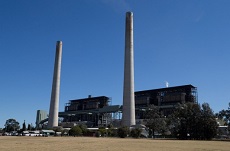
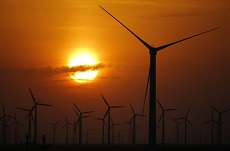

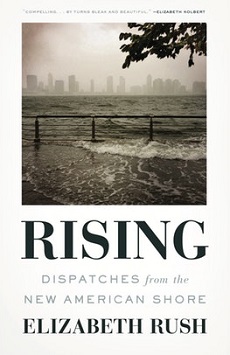 A
A 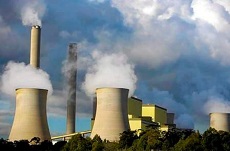
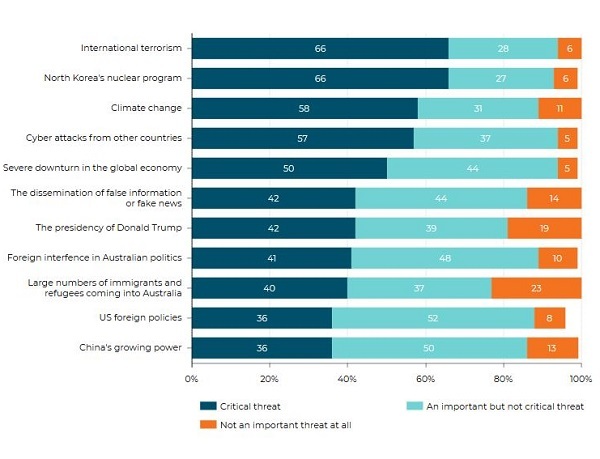
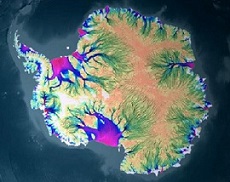 A new study has found that
A new study has found that 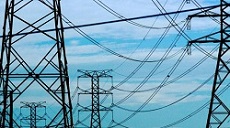
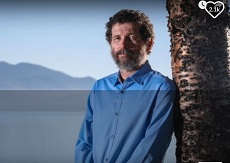
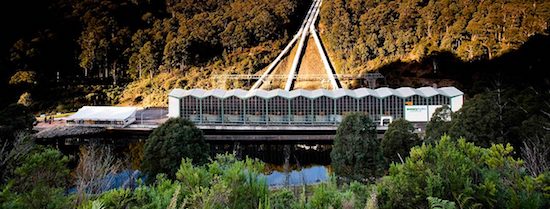
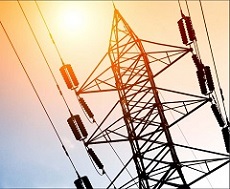
 Tim Flannery says
Tim Flannery says